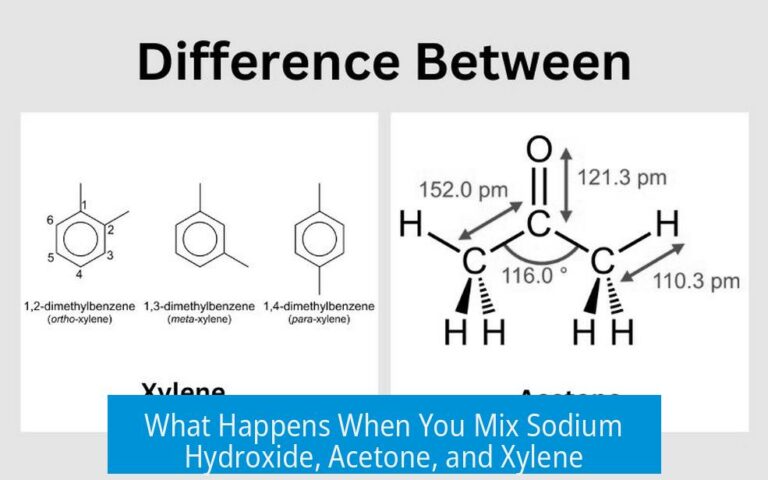Pi vs. Sigma Bonding: Understanding Molecular Bonds

The key difference between pi and sigma bonding is in the way atomic orbitals overlap. Sigma (σ) bonds form by head-on overlap of orbitals along the internuclear axis. Pi (π) bonds form by sideways overlap of orbitals above and below this axis. This fundamental difference influences their properties, bond strength, and where they occur in molecules.
1. Definition and Orbital Overlap
Sigma bonds form when atomic orbitals overlap directly along the internuclear axis, the imaginary line connecting two bonded nuclei. This overlap is described as “head-on,” resulting in a symmetrical electron density distribution centered on the axis.
- Orbitals involved: Typically, s orbitals overlap with other s orbitals or p orbitals aligned along the z-axis (p_z orbitals).
- The overlap of these orbitals produces a strong, stable bond due to maximum orbital interaction.
In contrast, pi bonds form through lateral or sideways overlap of p orbitals perpendicular to the internuclear axis. Here the lobes of two p orbitals overlap above and below the line between the nuclei.
- These interactions generally involve p_x and p_y orbitals, which do not overlap head-on but parallel.
- Pi bonds require aligned orbitals positioned side by side and are typically less strong than sigma bonds because of less effective orbital overlap.
2. Bond Types Formed
Sigma bonds are fundamental to all chemical bonds. Every single bond between two atoms is a sigma bond.
- A single bond consists of one sigma bond.
- Because sigma bonds represent the strongest direct overlap, they provide the primary connection between bonded atoms.
Pi bonds, however, are found only in double and triple bonds, supplementing the sigma bond.
- A double bond consists of one sigma bond and one pi bond.
- A triple bond consists of one sigma bond and two pi bonds oriented orthogonally.
This means pi bonds increase bond strength and restrict rotation around the bond axis, which influences molecular geometry and reactivity. Sigma bonds alone allow free rotation.
3. Nodal Plane Characteristics
The concept of nodal planes is useful to differentiate sigma and pi bonds.
| Feature | Sigma Bond | Pi Bond |
|---|---|---|
| Nodal Planes | No nodal plane along the bond axis | One nodal plane contains the internuclear axis with two lobes of opposite phases above and below |
A nodal plane is a region where the electron probability density is zero. Sigma bonds, due to their head-on overlap, have a continuous electron cloud without any node cutting across them. Pi bonds, with sideways overlap, have a nodal plane along the bond axis where overlap does not occur.
Advanced bond types, such as delta and phi bonds, involve orbitals with two and three nodal planes respectively, but these are beyond typical sigma and pi bonds and observed mainly in complex transition metal compounds.
4. Orbital Types Involved in Pi and Sigma Bonds
The orbitals involved dictate the bond nature and strength. Sigma bonds generally involve spherical s orbitals and p_z orbitals aligned along the z-axis.
- The s orbitals can overlap with other s orbitals or p orbitals oriented along the bond axis, forming strong sigma bonds.
- This direct overlap leads to efficient bonding interactions.
Pi bonds primarily arise from overlapping p orbitals like p_x and p_y; however, pi bonding can also involve d and f orbitals in specialized cases.
- Side-on overlap between d orbitals or between a d orbital and a p orbital can form pi bonds especially in polynuclear metal complexes.
- Pi-backbonding happens when metal d-orbitals overlap with ligand π* antibonding orbitals.
- Some pi bonds in heavier elements may involve f orbitals with similar side-on overlap patterns.
5. Molecular Orbital Interaction Considerations
The type and strength of bonding depend not only on orbital orientation but also on energy compatibility and orbital symmetry.
- Effective molecular orbital interaction requires orbitals to have similar energies and proper spatial alignment.
- The energy gap between orbitals affects overlap efficiency and bond strength.
- Element identity and electronic configuration influence which orbitals participate in bonding and the resultant molecular orbitals.
These factors determine the architecture of molecular orbitals and consequent chemical properties of molecules.
Summary Table: Differences Between Sigma and Pi Bonds
| Aspect | Sigma Bonds | Pi Bonds |
|---|---|---|
| Orbital Overlap | Head-on along internuclear axis | Sideways above and below internuclear axis |
| Nodal Plane | No nodal plane | Has a nodal plane with two lobes of opposite phase |
| Orbitals Involved | s orbitals, p_z orbitals | p_x, p_y orbitals, side-on d or f orbitals |
| Bonds Formed | Single bonds | Double and triple bonds (along with sigma bonds) |
Additional Notes
- Pi bonds add rigidity to molecules. They prevent free rotation about the bond axis due to their side-on overlap.
- Sigma bonds permit bond rotation, allowing more molecular flexibility.
- Transition metal complexes often exhibit unique bonding involving higher orbital types that extend the concept of pi bonding.
- Understanding sigma and pi bonding is essential for interpreting organic molecule structure, reactivity, and spectroscopy.
Key Takeaways
- Sigma bonds form via direct head-on orbital overlap along the internuclear axis with no nodal planes present.
- Pi bonds form by sideways overlap of p orbitals above and below the bond axis and have a nodal plane.
- Single bonds are sigma bonds; double and triple bonds include one or more pi bonds supplementing a sigma bond.
- Orbital types differ: s and p_z orbitals form sigma bonds; p_x, p_y, d, and f orbitals can contribute to pi bonds.
- Bond strength, rigidity, and molecular geometry are influenced by the presence and type of these bonds.





Leave a Comment